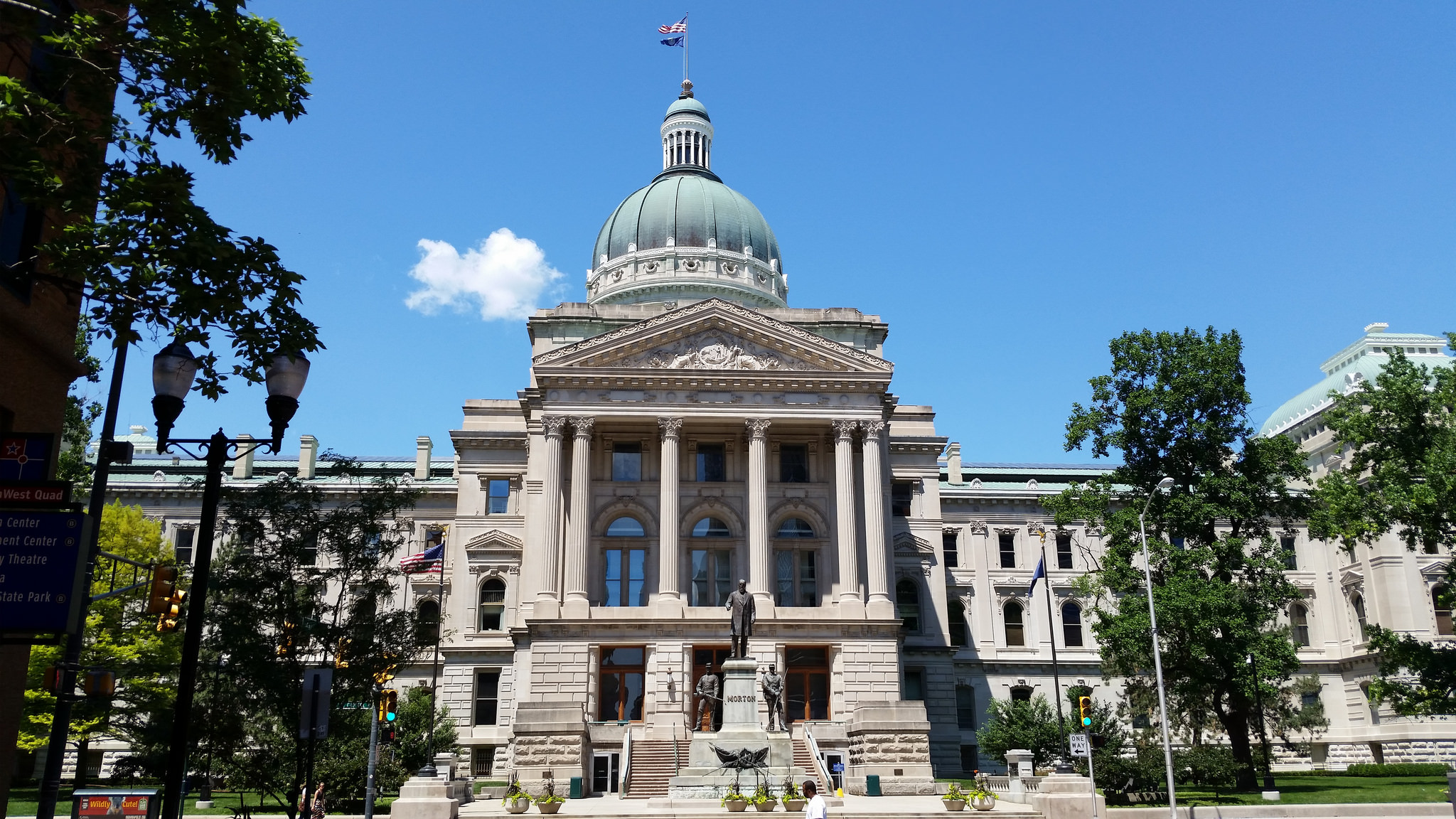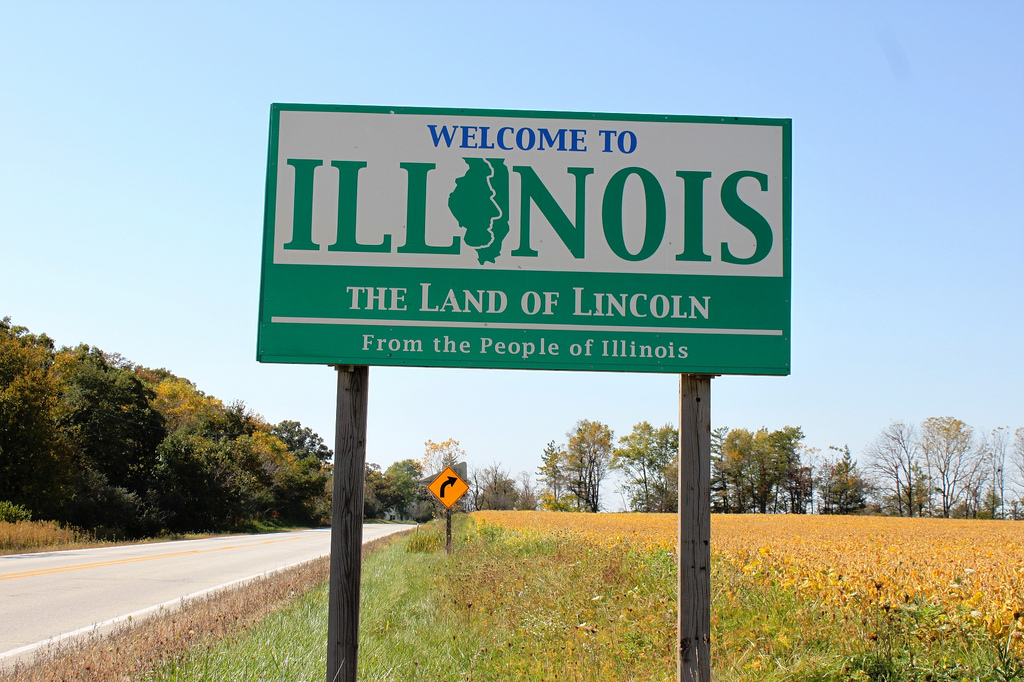Tag: CPB
For kids TV, CPB focuses on diversity behind the screen
The funder is ramping up efforts to boost minority staffing on the shows it funds.Interconnection gets $50M in bill heading to full Senate
The interconnection outlay in the Senate bill for fiscal year 2017 bolsters funding of $40 million approved in December’s Omnibus Appropriations bill.As collaborations expand, newsroom leadership jobs prove difficult to fill
“The system of collaboration we are building requires more editors.”Worrisome trend in CPB analysis: Too many PTV stations taking on too much debt
The number of licensees carrying debt ratios of more than 50 percent has nearly tripled since 2009, according to CPB's latest "state ...Receiving Lowell Award, Lawson urges focus on ‘societal value’
The retiring CPB executive advised colleagues to seek relevance and reinvention.CPB seeks consultant for African-American public radio stations
The consultant will facilitate a meeting with up to 23 stations.CPB prods TV stations to consolidate, revamps rural grants
New CSG rules include creation of a Healthy Network Initiative to encourage station collaborations and mergers.KETC pays reduced fines to CPB for budgeting errors, other violations
“Nine Network’s failure to comply was not nearly as egregious as it would appear in the initial report.”Eight New England broadcasters form CPB-backed collaboration
The collaborative will report on regional topics like climate, energy, transportation and immigration.Three Great Lakes stations form reporting partnership
The collaboration will cover health and the economic importance of the Great Lakes to the region.Lawson and Theriault to leave CPB in May; Tovares will oversee content
“Their contributions to CPB and to public media as a whole have been remarkable,” said CPB‘s president.CPB funds Detroit Journalism Cooperative
The $659,000 grant will cover ongoing collaborative coverage of Detroit's post-bankruptcy future.Eleven stations partner for Indiana news network
CPB is supporting the Indiana-based Regional Journalism Center with a $609,000 grant.Three Alaska stations to collaborate on energy news
This is the fourth journalism collaboration CPB has backed in the last two months.Seven Illinois stations start news collaboration
CPB will support the initiative with a $715,000 grant.










